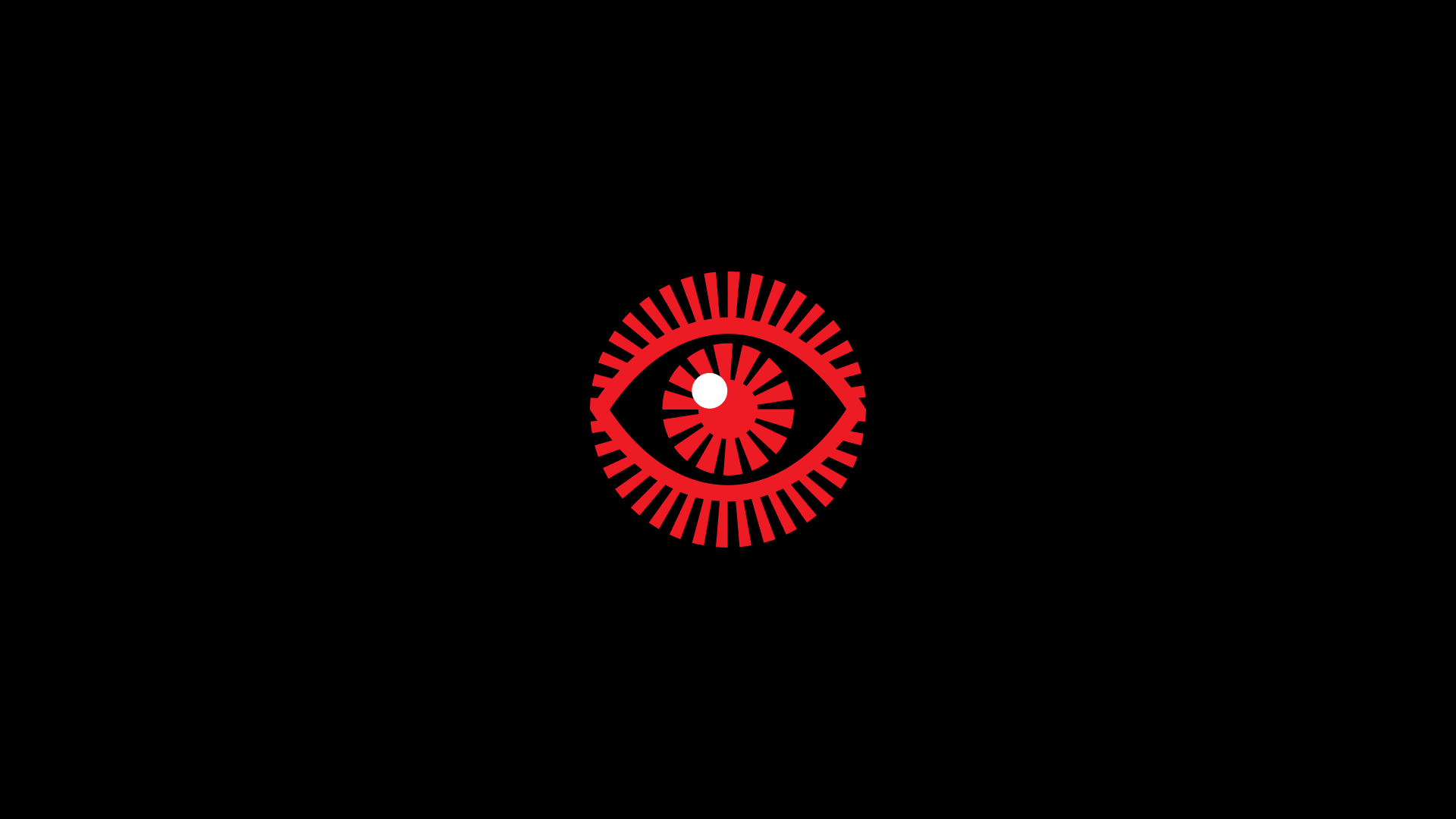Product goals refer to the specific outcomes a product team wants to achieve through its design and development efforts. These goals should be based on the user’s needs and the organization’s overall business objectives. Product goals are important because they help ensure the design process is focused and aligned with users and the business’s needs. By setting clear product goals, companies can ensure their product offering aligns with their broader strategic objectives.
There are several types of product goals that you may focus on:
User goals: Users’ needs and preferences, such as making the product easy to use or helping users achieve a specific task.
Business goals: The organization’s strategic objectives include increasing revenue or market share.
Technical goals: Technical aspects of the product, such as performance or reliability.

How product goals relate to user experience
Product goals are essential for designing an effective user experience. By setting clear goals that align with the users’ needs, designers can ensure that they are creating a product that will meet those needs and provide a positive experience for the user. Additionally, product goals can help designers prioritize features and design decisions, ensuring that the most critical elements are given the most attention. Ultimately, product goals are a critical component of designing a product that will meet the needs of the users and the business.
Identifying Product Goals
Identifying product goals is essential in the UX design process as it helps ensure that the product meets the users’ and business’ needs and expectations. User research is crucial in identifying product goals, allowing designers to gain insights into users’ needs, behaviors, and pain points. Through interviews, surveys, and observations, you can gather valuable information that can be used to identify product goals that align with user needs and expectations.
Once user research has been conducted, defining SMART goals is essential. SMART stands for Specific, Measurable, Achievable, Relevant, and Time-bound.
SMART goals help ensure that the product goals are clear, concise, and measurable, making it easier to track progress and determine success. For example, instead of setting a vague goal such as “improve user experience,” a SMART goal would be “reduce the time it takes for users to complete a specific task by 50% within the next six months.”
After identifying and defining product goals, it’s essential to prioritize them based on business and user needs. Prioritizing helps ensure that the product goals that are most important to the business and users are achieved first. One common method for prioritizing goals is using a scoring system that considers impact, feasibility, and effort.
By identifying product goals through user research, defining SMART goals, and prioritizing them based on business and user needs, designers can create products that meet users’ and businesses’ needs and expectations.

Measuring Product Goals
Measuring product goals is crucial; it allows designers to evaluate their product’s success and identify areas for improvement. There are different metrics and methods for measuring product goals.
Metrics
- Usability: measures the ease of use and learnability of a product
- Engagement: measures the level of user interaction and activity on a product
- Satisfaction: measures user satisfaction with the product and their overall experience
- Task completion: measures the success rate of users completing tasks on the product
- Conversion: measures the number of users who take desired actions on the product
Methods
- User testing: involves observing users interacting with the product and collecting feedback on their experience
- Surveys: allows designers to gather feedback from a large sample of users and identify common issues or areas for improvement
- Analytics: involves analyzing user data such as click-through rates, bounce rates, and time on page to identify patterns and areas for improvement.
It’s important to use a combination of metrics and methods to understand the product’s success and user experience comprehensively. You can make data-driven decisions and improve your audience’s user experience by measuring product goals.
Integrating Product Goals into the UX Design Process:
To integrate this framework into the UX design process, you need to identify the most relevant goals for your users and align them with the overall business goals. You can achieve this by conducting user research to understand better your target audience’s needs, preferences, and behaviors. By identifying these user needs, you can begin designing solutions that meet those needs while achieving your product goals.
Using Product Goals to Inform User Research and Design Decisions
Once you have identified your product goals, you can use them to inform your user research and design decisions. For example, you can use product goals to guide the creation of user personas, which can help you better understand the needs and preferences of your target audience. You can also use product goals to prioritize features and functionality, ensuring that the most critical components are designed and developed first.
Creating a Roadmap to Achieve Product Goals
A roadmap is a plan that outlines the steps required to achieve your product goals. To create a roadmap, you need to define the key milestones that need to be completed to reach your product goals. These milestones should be specific, measurable, and achievable, and you should clearly understand the resources and timelines required to achieve them. The roadmap should also be flexible and adaptable, allowing you to adjust your strategy to stay on track and achieve your goals.
By applying product goals in the UX design process, you can ensure that the solutions you create align with the needs and preferences of your target audience while also achieving your business goals.

Case Studies
Slack: Slack’s primary product goal is to create an intuitive and easy-to-use platform for teams. They achieved this goal by conducting extensive user research and incorporating feedback into their design decisions. They also created a roadmap to continuously improve the user experience.
Airbnb: Airbnb’s product goal is to create a platform that provides travelers with a seamless and personalized experience. They achieved this by focusing on user research and using data to personalize search results and recommendations.
Dropbox: Dropbox’s product goal is to create a platform that makes it easy to access and share files. They achieved this by continually refining their product based on user feedback and developing features that simplify the file-sharing process.
Amazon: Amazon’s product goal is to create a platform that offers a wide selection of products and delivers them quickly and efficiently. They achieved this by optimizing their search algorithms and incorporating user feedback into their product design.
These companies demonstrate the importance of setting clear product goals and using them to guide the design process. By focusing on the user experience and continuously measuring and refining their products, they were able to create successful platforms that meet the needs of their users.

